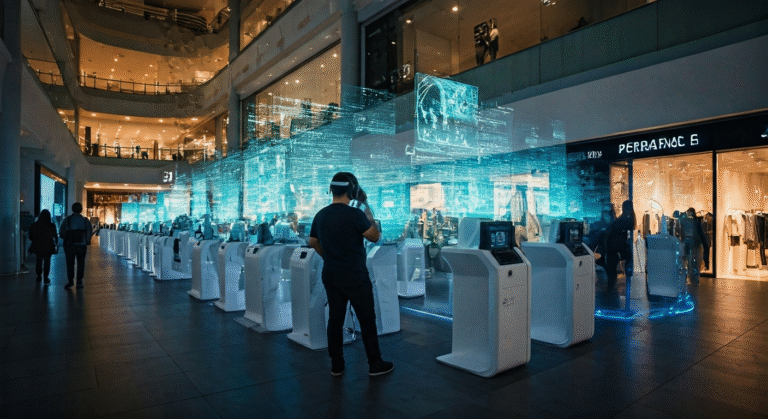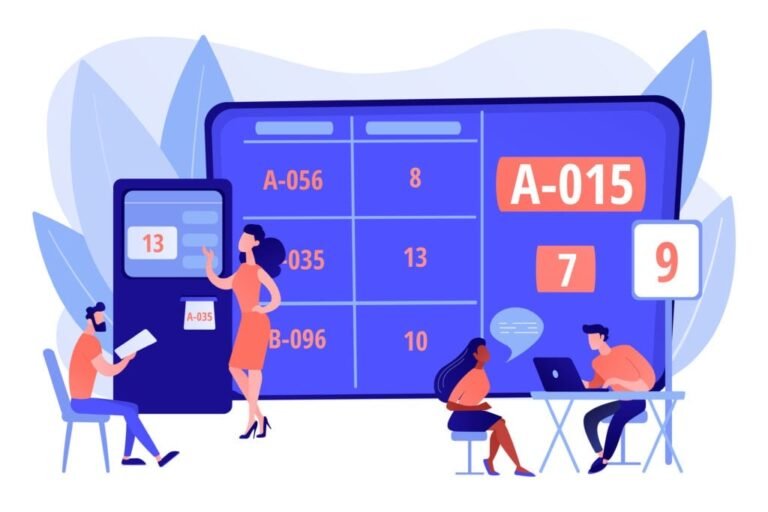
How Generative AI Is Reshaping Productivity and Business Models
Every major technological revolution—from steam power to the internet—has redefined the economics of efficiency. Generative AI is the latest force to accelerate this transformation, offering unprecedented ways to reduce costs, enhance productivity, and unlock new revenue streams. Yet, the real impact of this technology will depend on how effectively it is applied. This is why an Applied Generative AI course is not just about learning technical skills, but about understanding the broader economic and strategic shifts that accompany AI adoption.
Efficiency as the Core Promise of Generative AI
At its heart, generative AI is an engine of efficiency. It can automate tasks that once consumed hours of human labor—drafting reports, coding applications, designing visuals—while also scaling these outputs in ways human teams alone could not. For businesses, this efficiency translates into significant cost savings and faster turnaround times.
But efficiency goes beyond automation. Generative AI enables organizations to reimagine workflows altogether. A customer service team, for example, can shift from answering repetitive queries to handling complex interactions once AI systems manage the routine. In research, scientists can simulate countless scenarios without needing physical prototypes, accelerating discovery and reducing costs. These applications redefine productivity not just as doing things faster, but as opening time for higher-value contributions.
The Economics of Scale and Customization
Generative AI also reshapes the economics of scale. Traditionally, mass production offered cost advantages but limited personalization. With AI, businesses can now achieve both producing customized solutions at scale. A retail company can generate personalized product descriptions for millions of customers. A media organization can create audience-specific content instantly. This shift toward mass personalization alters how businesses compete, rewarding those who can integrate AI strategically.
For professionals, understanding these economic dynamics is essential. Knowing how to build or deploy generative systems is valuable, but knowing how to align them with efficiency-driven business models is what sets applied knowledge apart.
Applied Learning as a Bridge to Strategy
This is where structured learning becomes indispensable. An Applied Generative AI Online Course doesn’t just explain algorithms; it demonstrates how these technologies intersect with economics, strategy, and operations. Learners work through case studies that mirror real-world scenarios: how to calculate ROI on AI implementation, how to balance efficiency with ethical considerations, and how to design workflows that maximize human-AI collaboration.
Applied education cultivates professionals who can see the bigger picture—individuals who not only understand the technical details but also how those details affect cost structures, workforce design, and customer value.
Balancing Efficiency and Responsibility
However, efficiency is not without trade-offs. If businesses pursue automation without considering ethical and social implications, they risk damaging trust, alienating employees, or even facing regulatory pushback. Responsible efficiency means building systems that enhance productivity without compromising fairness or accountability.
Applied learning introduces this critical balance. It emphasizes not just how to make processes faster or cheaper, but how to ensure that the pursuit of efficiency aligns with long-term sustainability and ethical practice. This perspective is what will differentiate professionals who lead AI adoption from those who merely implement it.
The Future of Work and Value Creation
Looking forward, generative AI is set to redefine value creation itself. Instead of focusing purely on labor productivity, organizations will measure success by their ability to combine human expertise with AI-driven efficiency. In this model, humans become strategists, innovators, and curators, while AI handles scale, speed, and repetition.
For individuals, the opportunity lies in acquiring the applied skills needed to thrive in this hybrid system. An Applied Generative AI course becomes not just a learning opportunity, but a career strategy—preparing professionals to translate AI’s efficiency into organizational and personal growth.
Conclusion:
Generative AI is reshaping the economics of efficiency across industries, altering how businesses operate and how professionals contribute. The promise of reduced costs and increased productivity is immense, but realizing that promise responsibly requires applied knowledge. By engaging with an Applied Generative AI Online Course, learners gain the tools to balance innovation with accountability, turning efficiency into a sustainable advantage. In the coming years, success will not hinge on who has access to generative AI, but on who can apply it effectively to create value at scale.





